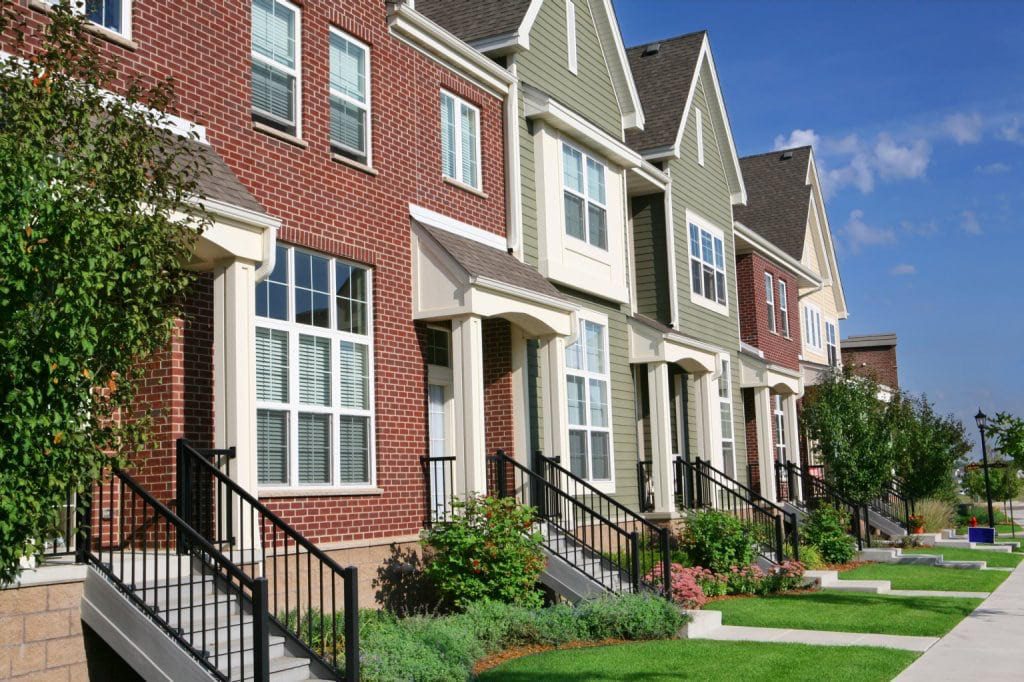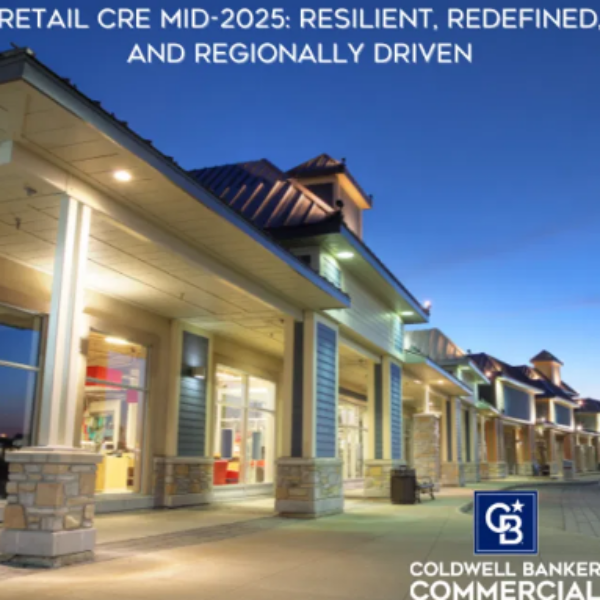While senior housing has always been a profitable industry, it has really been able to stand on its own two feet recently as a viable and significant class of real estate – with more and more outside investors jumping on board and adding senior housing to their portfolios. In a recent survey conducted by the National Investment Center for Seniors Housing and Care (NIC) and National Real Estate Investor (NREI), senior housing was once again the most attractive real estate asset class when compared to a host of other commercial real estate classes, including industrial, hotels, multifamily housing, office and retail, and more.
Senior housing is currently such an attractive real estate investment prospect thanks to a sort of perfect storm of increasing demand and an inadequate supply. In other words, demographic trends in the United States and an aging population are driving the demand, and the senior housing sector is racing to keep up.
Here are 4 reasons senior housing is interesting to investors, and why it’s the hottest property type around right now.
1. The Industry Has Seen Tremendous Growth
Recently, the senior housing industry was reported as having a market value of nearly $375 billion (including skilled nursing values), and experts predict the sector will continue to experience significant growth into the future. With its value, many healthcare real estate investment trusts (REITs) have found their way into the space in the past several years, helping the sector grow as capital providers. And, in turn, healthcare real estate investment trusts have become one of the highest performing REIT sectors.
2. Promising Demographic Trends
It’s almost impossible to miss the many stories about the incoming way of seniors in the United States, which has even been named the “silver tsunami.” The “typical” resident of senior housing begins to need care in his or her early 80s – and the largest demographic group of Americans, the Baby Boomers, are knocking at that door. As the years continue, more and more Baby Boomers will be in need of care and housing, continuing to drive industry demand even more.
3. A Strong Return on Investment
Compared to other sectors and property types, senior housing investments have consistently delivered strong returns for its investors. And this trend was especially apparent during the recession. But why? The answer is simple: need. Due to the need based aspect of care, senior housing can be safely considered more resilient than other sectors – making it especially attractive to savvy investors.
“We’re seeing, when compared to other property types, senior housing investments have consistently offered impressive returns for our investor clients,” said John Sherman of Coldwell Banker Commercial NRT in Mission Viejo, CA. “With generational trends and the increased need for quality, affordable senior care, senior living continues to be an avenue our investor clients are interested in.”
4. The Current Inventory Is Aging
It may seem like the industry is already saturated, but consider this: nearly 60 percent of current senior housing is more than 17 years old, and more than 30 percent is more than 25 years old. As these properties continue to age, they will become more and more obsolete, thanks to advancements in care and regulations, as well as personal tastes and trends. These older properties provide a great opportunities for real estate investors, as they are primed for an opportunity to be refurbished or even replaced.
As more is understood about the psychological and emotional benefits of community living for seniors, there is no doubt that this growth trend isn’t going away anytime soon – and smart real estate investors are getting on board now.
Coldwell Bankers Commercial, Agents are available to help you navigate commercial real estate within Billings, MT.








